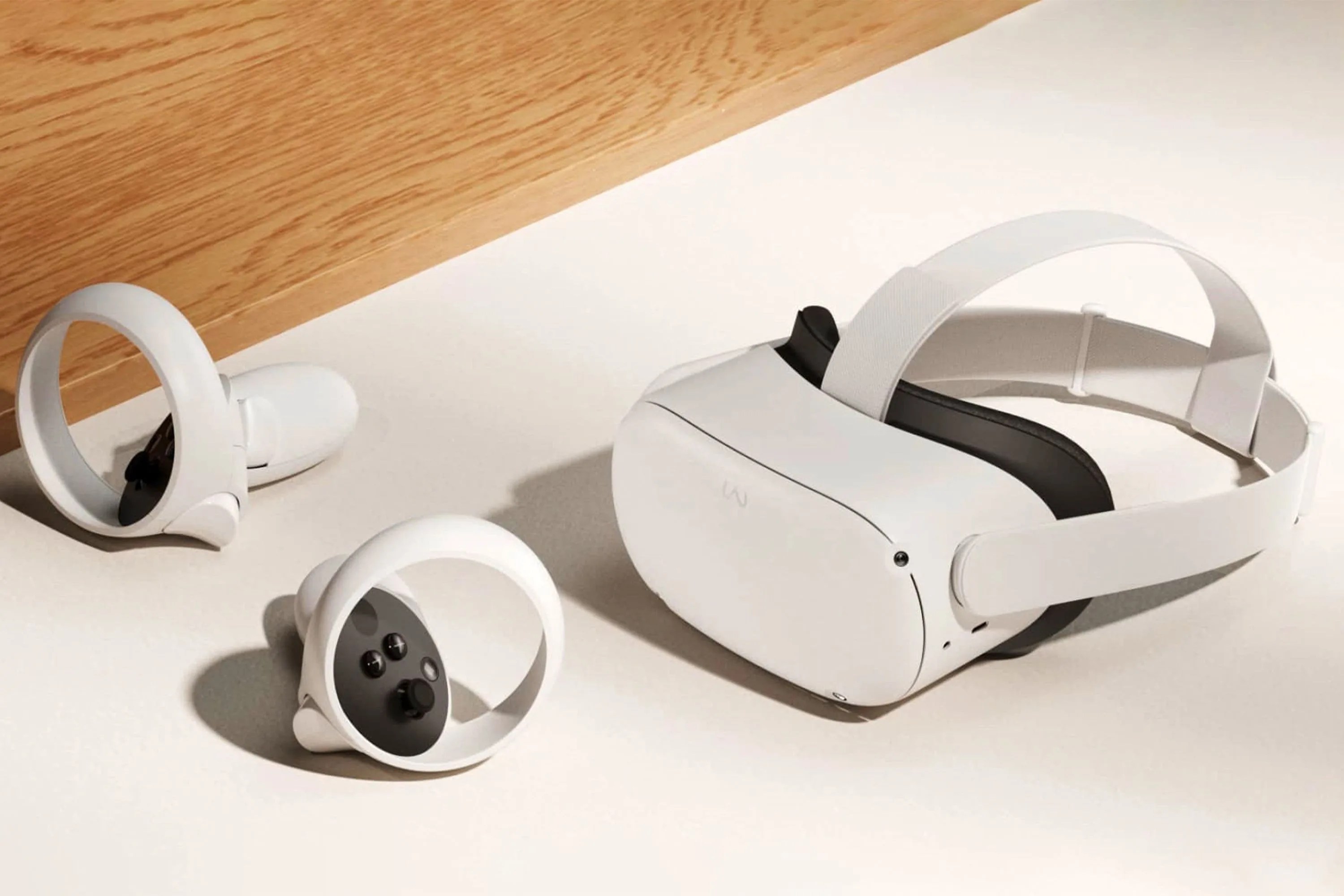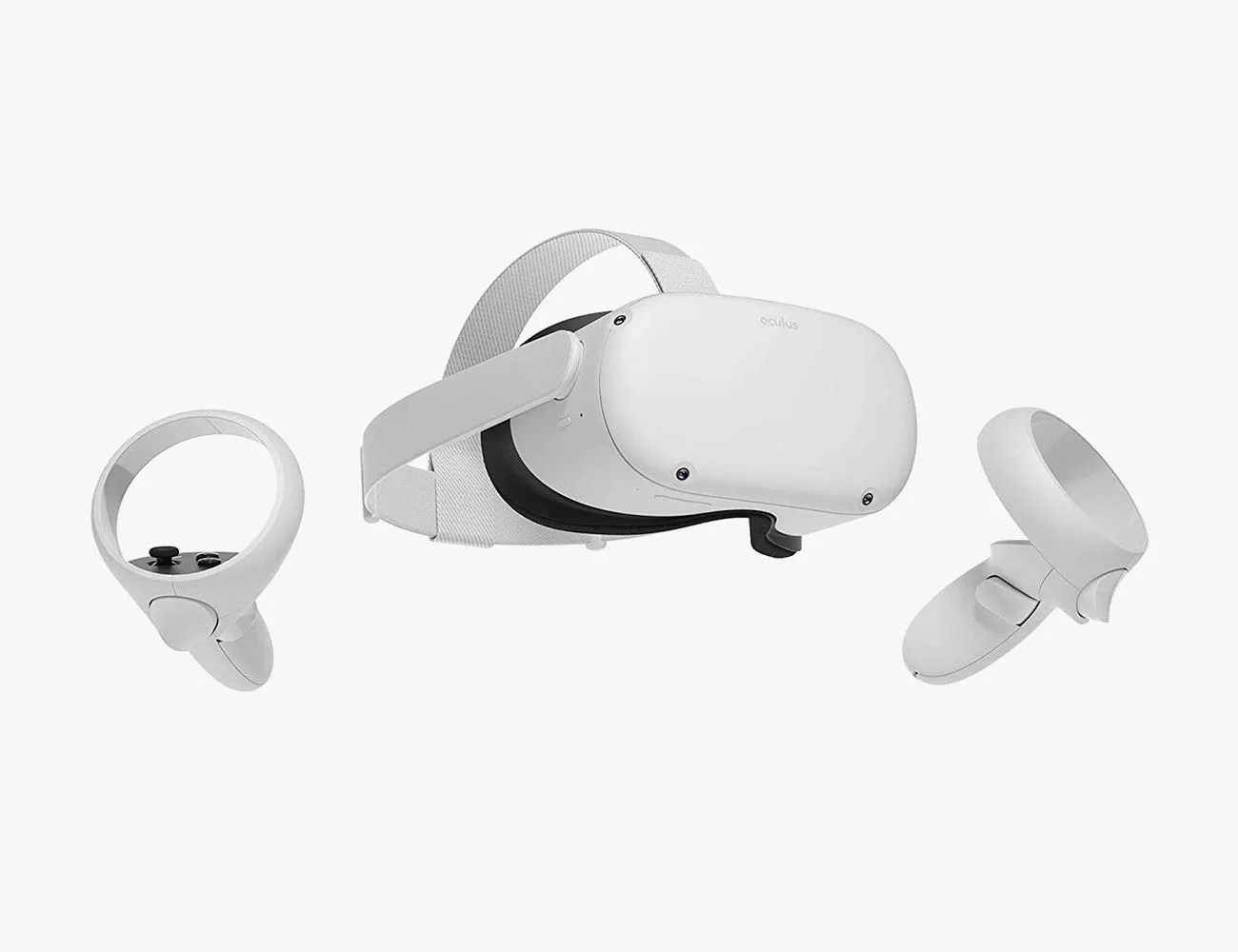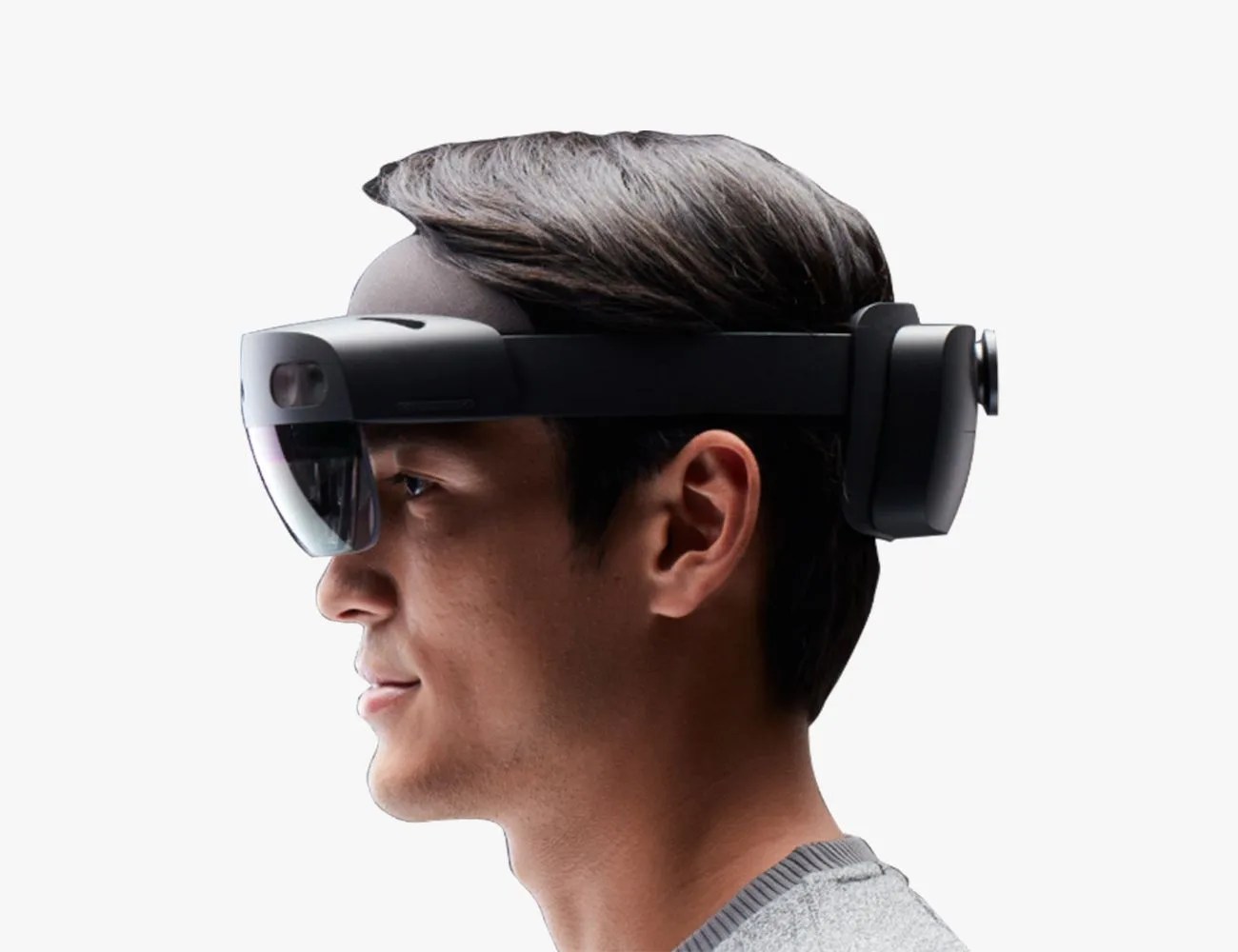At the time of the art form’s humble beginnings in the early ’70s, the most complex of video games involved two white rectangles bouncing a square “ball” back and forth. Todya, we have games so immersive and in-depth that even the developers aren’t able to beat them. The industry, its products, and the tools we use to play them would be unrecognizable if you took them back in time to show the gamers of yesteryear. But if emerging technologies are any indication, that evolution is far from over.
Two technologies at the the bleeding edge. Virtual Reality (VR) and Augmented Reality (AR), both of which already exist in some form today, very likely will mark the next big step forward in the world of gaming technologies. They’ve already begun to impact commerce, business, design, entertainment and so much more.
But what, exactly, is the difference? And where do they go from here?
What is virtual reality?
Virtual reality is, essentially, when you completely replace the real world with a digital one.
The history of virtual reality actually stretches all the way back to 1960 — that’s when the very first VR head-mounted display, called the Telesphere Mask, was invented by a man called Morton L Heilig. While quite rudimentary by today’s standards, this headset offered stereoscopic 3D, wide vision and stereo sound — kind of like a 3D movie theater you could wear on your head. While more complicated and advanced, most of today’s VR headsets still function on the same basic principles as this one.
VR is kind of like hopping into a video game, wherein donning a headset (and usually interacting with the space via some type of controller or remote) transports you to a fully-digital world, realm or universe and completely, purposefully, obscures the real world in the process.







